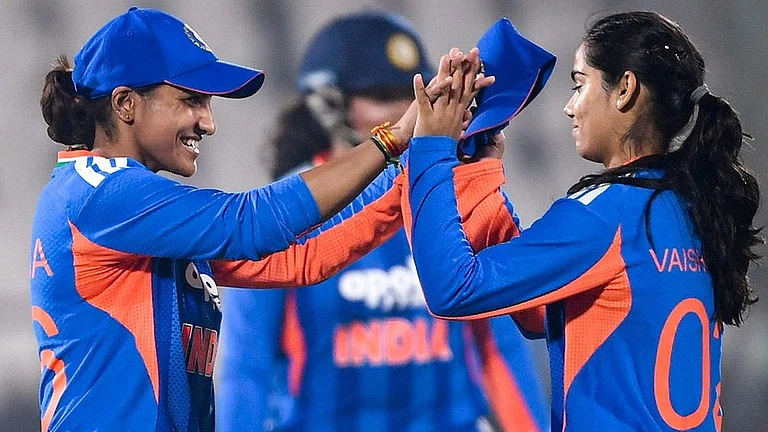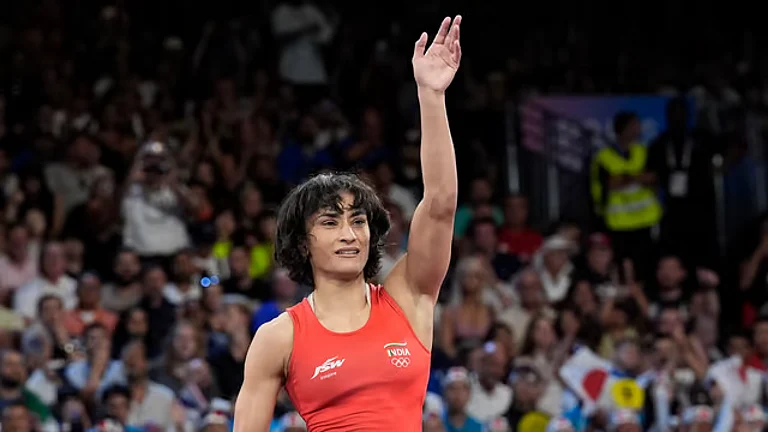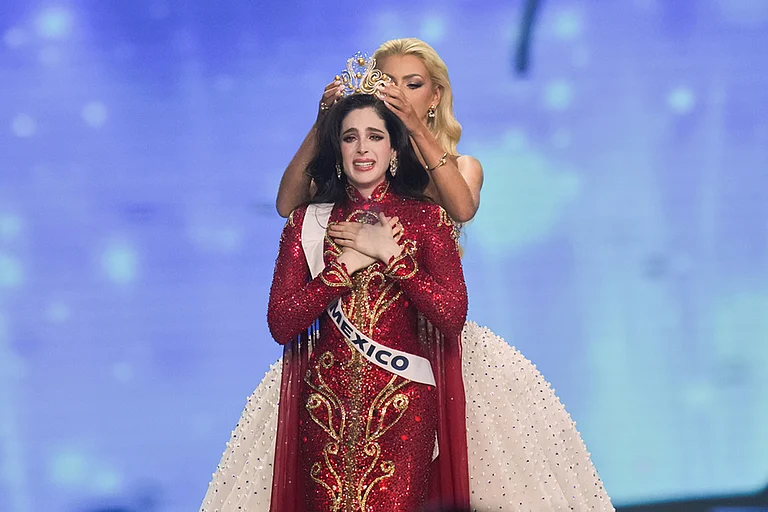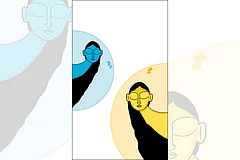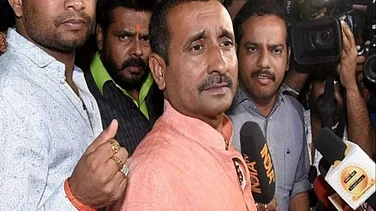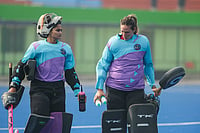In 2019, after the photos of 30 finalists of the Femina Miss India pageant came out in public, a massive social media backlash ensued, accusing the contest of being ‘racist’. When the photos of these women—mostly with similar haircuts and fair skin—found space in one of the leading national newspapers with the headline, ‘Who will be crowned Miss India this year?’, Twitter went abuzz with a cry against such typecasting. One of the users shared the photo and wrote: “Why can’t a Miss India be a dusky or a dark brown or darker chocolate brown? So much for the love of fair skin. I believe we are the most racist country in the world...!”
Notably, this was the same beauty pageant that crowned Priyanka Chopra the title of Miss India.
Anti-colour activist Muna Beatty, while talking to the news agency Reuters, said, “You have youngsters, kids watching this and thinking to themselves ‘if I don’t fit these criteria or this skin tone, then I’m not beautiful’ and ... ‘I’m not good enough’.”
Though these protests were confined within the walls of social media in 2019, the history of beauty contests and the women’s movement suggest that since the 1960s, it has always been a matter of concern for the feminists who have been trying to fight the essentiality of beauty and its determination through the male gaze. The Miss World, Miss Universe, Miss International and Miss Earth contests, better known as the Big Four of beauty pageants, that have been around since 1951, have seen an evolution of the stipulations, regulations and the platform through the decades.
In 1968, Carol Hanisch, a US-based radical feminist, organised a protest against the Miss America pageant at the Atlantic City Boardwalk where the contest was about to take place. Women from different parts of the country and diverse backgrounds gathered near the Boardwalk and threw all the ‘manifestation of women’s oppression’—bras, girdles, curlers, false eyelashes, wigs, and representative issues of Cosmopolitan, Ladies’ Home Journal, Family Circle into what they called the ‘freedom trash can’. Notably, the protesters didn’t even let male reporters interview them.
In their statement against the beauty contest that started its journey in 1921 with the alleged objective of increasing the business of resorts, besides entertaining US troops, they opposed the “degrading Mindless-Boob-Girlie Symbol.” They also registered their protest against the prevailing racism and said: “Nor has there ever been a true Miss America—an American Indian.” Calling out the double standards where the contestants were expected to be “both sexy and wholesome, delicate but able to cope, demure yet titillatingly bitchy,” they asked, “Can make-up hide the wounds of our oppression?”
The history of beauty contests suggests that since the 1960s, it has been a matter of concern for the feminists who have been trying to fight the essentiality of beauty through the male gaze.
However, since then—what many term as the beginning of the second wave of feminism—beauty contests across the globe have traversed a long path. Sometimes, they have been portrayed as a way of women’s liberation and emancipation, and in other times, they have been termed as promoting a space where women’s voices can be heard.
India’s tryst with beauty pageants dates back to the early 1950s and has evolved over the years with companies taking control. The early days of the Miss India pageant saw multiple editions which were channelled into a single title under the sponsorship of The Times Group’s Femina in 1964. From the early days of Esther Victoria Abraham, Indrani Rehman and Leela Naidu to the eventual nineties boom, the contests saw the likes of Sushmita Sen, Aishwarya Rai and Priyanka Chopra put India on the world map of pageantry.
While the winners of the Miss India pageant represent the country on global platforms, numerous regional beauty contests have bloomed across the country over the years, serving as springboards for up-and-coming models and actors. The pageants, according to their stipulations, look for holistic ideas of the participants from speaking skills, general awareness, etiquette and the obvious element—features.
The Miss India site reads that participants need to be unmarried and in the age bracket of 18 to 25, and are to provide height specifications where one needs to be above 5’ 3” without heels to be eligible for applying, and pictures catering to numerous specifics including ones without makeup.
These criteria to determine beauty have been challenged by feminists across the world, but a few contestants who participated in such pageants think that sometimes it can be liberating and emancipatory for women. Anupama Jha, who secured a position in the top 20 of Gladrags Mrs India-2009 edition, says: “The workshop for the pageant that went on for a month changed me a lot. Though I was earlier very inspired by Sushmita Sen and Aishwarya Rai, I never thought that I would get such an opportunity.”
Jha, belonging to an apparently conservative family from Bihar, got married in her mid-20s. In 2009, when she was in Delhi, she found an advertisement for the audition of the pageant show. After the selection, they were given a month’s training. “We used to work for 16-18 hours a day. I learnt how to walk and present oneself—tummy in control and broad shoulders. But not for even a moment did I feel objectified.” Talking about the criterion that she thinks the judges followed to select the candidates, she adds: “I think they looked for overall personality that stands out in the crowd.”
However, Naiyya, who participated in the 2005 Miss India pageant, says: “As it is a beauty pageant, the qualifiers for this will rest on physical beauty (your photographs) besides your height and vital statistics. But when you are qualified, things depend on your communication and the way you carry yourself.”
Her experience in the Miss India pageant, nevertheless, taught her many things. “I made very good friends there. I learnt to share space with other competitors. When I look back now, it was really a learning experience for me.”
The politics of beauty and its effective connotation, nonetheless, cannot avoid the embedded discrimination. Jaquira Diaz, in her book Ordinary Girls, shows how black girls in US schools are discriminated against. For the same act, the punishment has always been harsher for the coloured girls than the white ‘ideal types’. The words of feminist activist and scholar Carol Hanisch constantly remind one that ‘personal is political’ and hence the politics of beauty pageants is embroiled in existing exclusionary politics that determines who is the ‘other’.
MORE FROM THIS ISSUE
(This appeared in print as ‘‘A’Political Pageant’)










